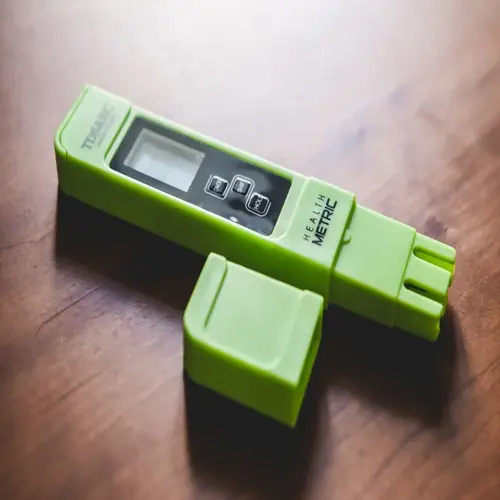Should fish be removed during water changes?

Written by
John Williams
Reviewed by
Prof. Henry Webster, Ph.D.Removing fish during water changes causes unnecessary stress and risks injury. Proper techniques allow safe maintenance with fish remaining in the tank. This guide demonstrates how to perform changes without netting your aquatic pets. Following these methods significantly protects fish health and reduces trauma.
Stress Reduction
- Netting triggers fight-or-flight response elevating cortisol
- Air exposure damages protective slime coats
- Reintroduction risks parameter mismatch shock
Physical Safety
- Avoids scale damage from net mesh contact
- Prevents jumping injuries during transfers
- Eliminates collision risks with tank decorations
Biological Stability
- Maintains continuous beneficial bacteria exposure
- Prevents disruption of established territories
- Reduces aggression when reintroducing fish
Utilize correct in-tank techniques. Move slowly and avoid jerky movements. Please keep your hands in view of the fish to avoid startling them. Use the substrate vacuum gently and avoid digging too deeply. Use pots made of terracotta to hide things temporarily. Watch the fish closely to check for any signs of distress on their part.
In unique situations, precautions apply. For aggressive fish, use dividers during changes. For bottom-dwelling fish like catfish, do not disturb their hiding space. In breeding tanks, do not disturb the nesting areas. Always familiarize yourself with the needs of the species you are caring for before initiating your work.
Post-operation surveillance verifies success. Fish show normal activity in thirty minutes. Look for dropped fins or rapid movement of opercula. Check for appetite in two hours if the fish is stabilized. Record all unusual reactions for future reference.
Consistent practice improves results. Establish predictable routines so fish recognize maintenance. Use the same equipment each time. Calm fish allow faster completion. Your confidence grows with each successful change.
Read the full article: Aquarium Water Changes: Essential Steps & Tips

